As the world shifts towards sustainable and eco-friendly solutions, the popularity of renewable energy sources like solar power continues to grow. Solar water heaters, in particular, have become increasingly popular due to their ability to harness the sun’s energy to provide hot water in a cost-effective and environmentally friendly manner. In this article, we will explore the benefits and steps involved in building a homemade solar water heater. Benefits of a Homemade Solar Water Heater: 1. Energy Efficiency: Solar water heaters convert sunlight into hot water, reducing the need for fossil fuels and subsequently lowering energy consumption.
solar water
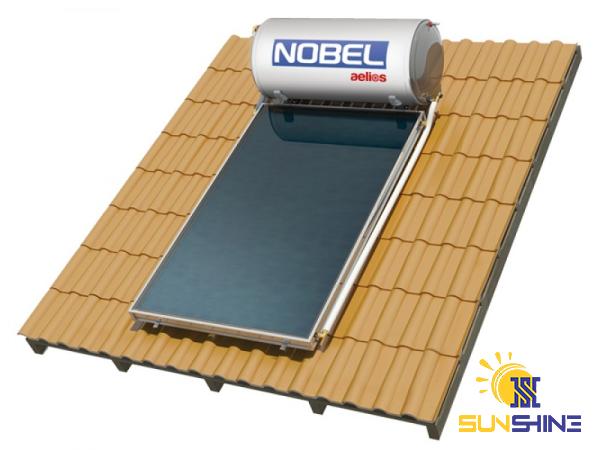 2. Cost Savings: By utilizing solar energy, homeowners can significantly reduce their monthly energy bills, saving money in the long run. 3. Environmental Sustainability: Homemade solar water heaters help reduce carbon emissions and reliance on non-renewable energy sources, contributing to a greener future. 4. Reliability: Solar water heaters can provide hot water even during power outages, ensuring a consistent supply for daily needs. Building a Homemade Solar Water Heater: 1. Determine Space and Placement: Identify a suitable area for the solar water heater installation, considering factors such as roof orientation, available sunlight, and local regulations.
2. Cost Savings: By utilizing solar energy, homeowners can significantly reduce their monthly energy bills, saving money in the long run. 3. Environmental Sustainability: Homemade solar water heaters help reduce carbon emissions and reliance on non-renewable energy sources, contributing to a greener future. 4. Reliability: Solar water heaters can provide hot water even during power outages, ensuring a consistent supply for daily needs. Building a Homemade Solar Water Heater: 1. Determine Space and Placement: Identify a suitable area for the solar water heater installation, considering factors such as roof orientation, available sunlight, and local regulations.
Specifications of solar water
 2. Gather Materials: Obtain the necessary components, including solar panels, a water tank, pipes, insulation material, and an energy-efficient pump. 3. Design the System: Choose between active and passive solar water heater systems. Active systems use pumps to circulate heated water, while passive systems rely on natural convection. 4. Construct the Collector: Build a box frame using wood or metal, integrated with an insulated backing. Attach the solar panels to the frame and cover them with a transparent or translucent material such as glass or polycarbonate. 5. Installation: Connect the collector to the water tank using insulated pipes, ensuring proper insulation at every joint. Install temperature and pressure relief valves for safety. 6. Insulation and Protection: Insulate all exposed pipes to minimize heat loss during transportation. Ensure adequate weather protection for the solar water heater to prolong its lifespan.
2. Gather Materials: Obtain the necessary components, including solar panels, a water tank, pipes, insulation material, and an energy-efficient pump. 3. Design the System: Choose between active and passive solar water heater systems. Active systems use pumps to circulate heated water, while passive systems rely on natural convection. 4. Construct the Collector: Build a box frame using wood or metal, integrated with an insulated backing. Attach the solar panels to the frame and cover them with a transparent or translucent material such as glass or polycarbonate. 5. Installation: Connect the collector to the water tank using insulated pipes, ensuring proper insulation at every joint. Install temperature and pressure relief valves for safety. 6. Insulation and Protection: Insulate all exposed pipes to minimize heat loss during transportation. Ensure adequate weather protection for the solar water heater to prolong its lifespan.
buy solar water
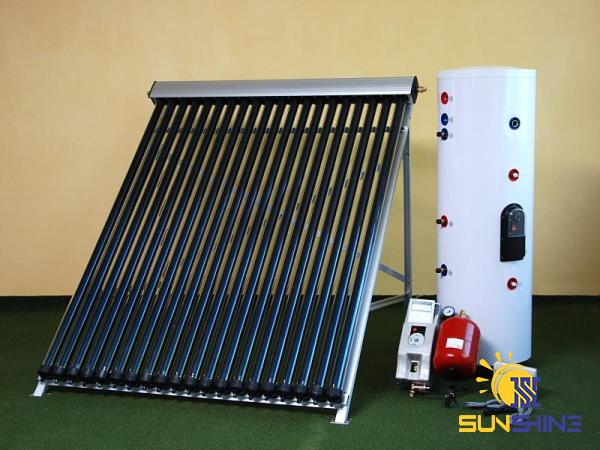 7. Maintenance and Monitoring: Regularly check for leaks, clean the solar panels, and maintain optimum water temperature settings. Monitor performance to ensure the system is functioning efficiently. Conclusion: Building a homemade solar water heater offers a cost-effective and eco-friendly alternative to traditional heating systems. By harnessing the power of the sun’s energy, homeowners can reduce their carbon footprint while enjoying significant cost savings. With careful planning, the right materials, and proper installation, anyone can create their own solar water heater, unlocking the financial and environmental benefits of renewable energy. Embrace this sustainable solution to not only save costs but also contribute towards a cleaner and greener future.
7. Maintenance and Monitoring: Regularly check for leaks, clean the solar panels, and maintain optimum water temperature settings. Monitor performance to ensure the system is functioning efficiently. Conclusion: Building a homemade solar water heater offers a cost-effective and eco-friendly alternative to traditional heating systems. By harnessing the power of the sun’s energy, homeowners can reduce their carbon footprint while enjoying significant cost savings. With careful planning, the right materials, and proper installation, anyone can create their own solar water heater, unlocking the financial and environmental benefits of renewable energy. Embrace this sustainable solution to not only save costs but also contribute towards a cleaner and greener future.
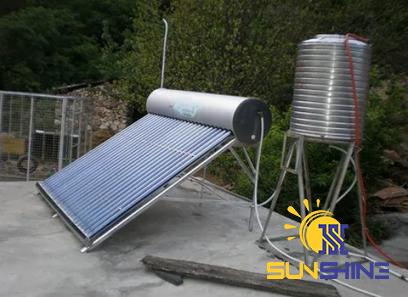
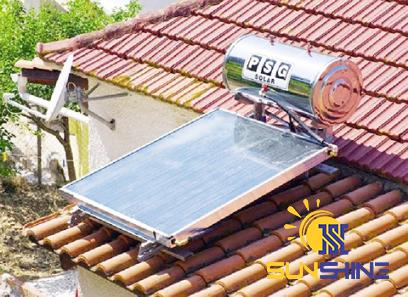
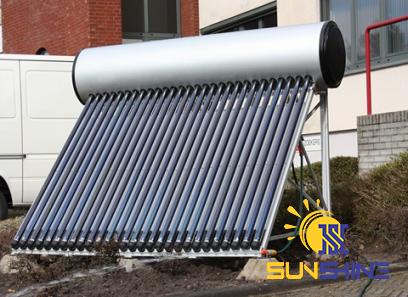
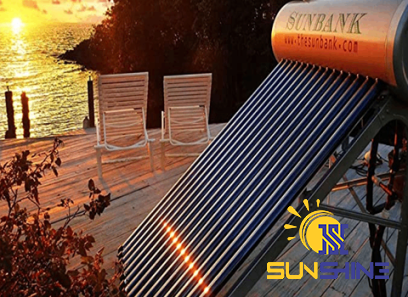
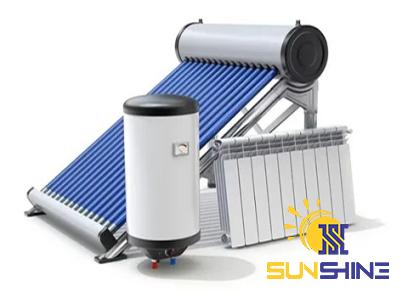
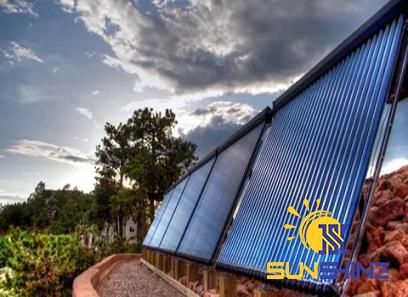
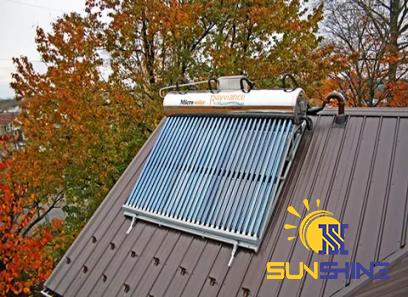
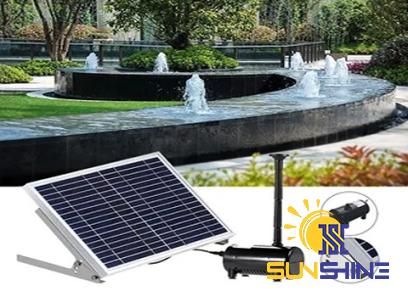
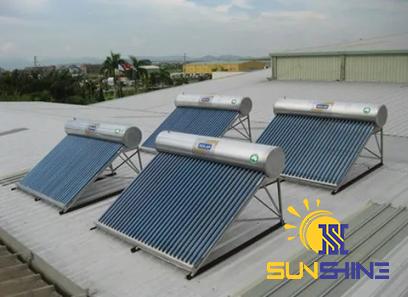
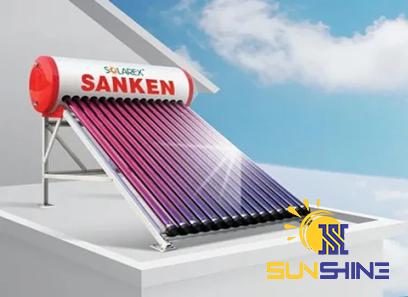
Your comment submitted.